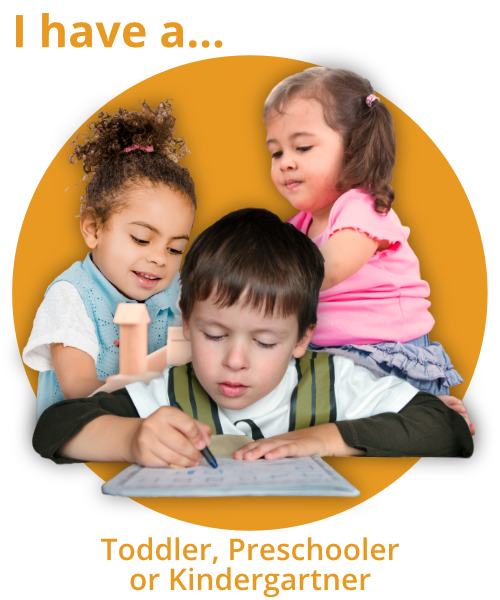Using Minimalist Ideas in Your Montessori Home
I think we’ve all heard the siren call of Minimalism at some point in parenthood. The notion that minimizing your possessions means MORE time for other things is understandably appealing--especially to parents who find themselves overwhelmed with life and upkeep. There is truth to this: simplifying life CAN make things easier. And I *love* a good, simple life.
But it is important to know that there is no SINGLE fix that can ease the juggle and struggle that is parenthood.
There are no one-size-fits-all solutions
I want you to know: I understand if Minimalism isn’t something you can’t buy into wholly—I can’t either! I like holding on to things which I know I can reuse. I cannot always afford to invest in the BEST POSSIBLE VERSION of an item knowing it will last longer.
Sometimes, I just need to buy what is accessible for us right now, even if I know it may need replacing later. Or, I need to make the best version of it that I can on my own, and let that be good enough.
I also know it is easy to get trapped by the variety of trendy Minimalism that is often featured on Social Media. It often focuses much more on the aesthetics and design of a space, rather than the practical ways in which a person (or a family!) uses it.
Whether it comes across as elitist or practical largely depends on your interpretation--but no matter what, the ability to be mindful of your belongings and mental and physical clutter at such a high level is a privilege. Being able to let go comes in part from the assurance that at some point, if you need to, you will be able to replace it.
With all that said: I think one of the best things about being an adult is the ability to cherry-pick the pieces of a variety of lifestyles and parenting methods to find something that is uniquely YOURS. There is no such thing as 100% Minimalist, or 100% Montessori. However much of something you choose to include in your life is valid.
There IS space for Minimalism in Montessori!
If you’ve been around here for a while, you know how much I value scrappy, make-do Montessori. Though I know it may feel like that contrasts in a big way with the light and airy aesthetic of many Minimalist homes, I have to say: I think there are few things MORE minimal than reusing and repurposing materials for a variety of different uses!
That tray you used to hold the kitchen tools will be great for holding three part cards. The embroidery floss sorter makes a perfect colored bead box. Those leftover random game pieces from Sorry? They make wonderful skittles for the stamp game!
Just because it doesn’t serve the original purpose doesn’t mean it can’t serve A purpose--and both Montessori and Minimalism agree that it is important that materials be functional and purposeful.
What you have where you are right now is worthy!
Both Minimalism and Montessori have central tenets that emphasize that we do not need more STUFF to make our children's lives better or our homes more worthy. Maria Montessori made materials from what she had on hand; scraps of wood (hello, Sandpaper Letters!), silk thread (looking at you, color tablets!), creamer containers (oh, precious child-sized pitchers!).
Whatever you have on hand RIGHT NOW: it is valuable, and worthy, and can be worked with. There is no master list of Montessori OR Minimalist must-haves that validate your use of the practice in your home, and there are no trends you are beholden to.
Creativity Wins!
When you stop focusing on the things you NEED to have to live a certain lifestyle, you can start looking at what you ALREADY have that can serve the purpose! It means that you can learn the patience of doing without and the gift of how to make new, wonderful things from what already exists. Once you start challenging yourself to make choices based on what you HAVE instead of what you WANT, you activate your problem solving skills--and you model the value of those skills for your children.
Living with a Generous Heart
It also means that when you have used something well and truly, in all the ways you can use it, you can pass it along to another family--not because you just want it out of your hair and cannot imagine it being in your life anymore, but because you know it can serve purpose and bring joy to other people, too. When you start understanding the spiritual value of the various things you own, it makes it easier to understand what can be a treasure for someone else.


